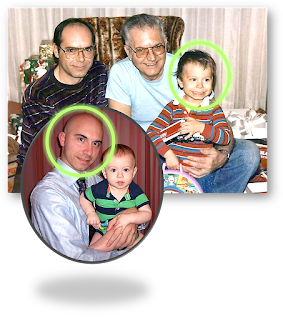Let’s explore the rest of the story...
Desire was born about 1602 to William Minter and Sarah Willet
Minter possibly in Norwich, Norfolk, England, where her parents were from. Since they had no other children, her name might
have meant it was their great desire to have a child!
Norwich is 127 miles from Scrooby, Nottinghamshire, where William
Brewster hosted the first illegal religious meetings that created the Pilgrims.
When little Desire was about eight, William Brewster and John
Robinson lead their burgeoning flock from the dangers of the Church of England to
the freedom of The Netherlands. The Pilgrims eventually would start a new religion
in the little town of Leiden, south of Amsterdam.
We don’t know when Desire’s family joined up with this new
congregation. But we do know that when
she was 11, her father William became a citizen of Leiden. To be able to work
and own property in a town at that time, you had to become a citizen which meant
you agreed to spend time being watched, judged, and voted on to ensure you are
worthy of living in the town!
The Minter family prospered in Leiden, and when Desire was 12,
her father bought a house on the Groenhasegracht (Green hair moat) near Pieterskerk
(St. Peters Church) near the little Pilgrim enclave.
As a 13-year-old, Desire may have accompanied her mother
Sarah to the wedding of Roger Charles and Isabel Chilton. Sarah witnessed at
least four marriages around that that time.
As the Colony’s midwife, she was a useful woman to know! Another friend
of the bride, Katherine White Carver, wife of the future colony’s first governor,
also witnessed this marriage.
Sadly, sometime during the winter of 1617-18, Desire’s
father dies. Single mothers do not do
well in the 1600s, so while mom seeks out another husband, Desire is likely put
in the care of another family. Because of his commitment to her later in life,
I think it is with the family of Thomas Brewer.
Brewer is one of the three printers who form Pilgrim
Press.
Along with William Brewster and
Edward Winslow, the trio publishes seditious booklets whose adversaries reach
all the way to King James in England!
Talk about enemies in high places!
As a result, the men become wanted criminals. Brewster escapes to the safety of Scrooby
Manor where he has the resources to hide for three years until the Mayflower
can bring them to the New World. Winslow
is too young to pursue. But Brewer gets
caught. Fortunately, he is able to talk his way out of prison, at least for a
time.
Sarah is successful in her pursuit of a new husband. On 18 August 1618, she marries Roger Simmons
(also written as Simmonson). However,
Desire does not live with them.
Barely 18, Desire boards the Mayflower bound for Plymouth
Colony in the wilds of Massachusetts, as a ward of John Carver, colony governor
and his wife Katherine, Sarah’s friend. Another young ward they are responsible for is
Jasper More. At 12, he is one of the four More children who are pawns in a
divorce battle. Jasper is also the first child to die that winter in Plymouth
Harbor.
In addition to their young wards, the Carvers have three
servants: Roger Wilder (who died that winter), Dorothy (last name unknown) who
married Francis Eaton and later died, and John Howland, a memorable and strong
young man.
During a fierce storm at sea one night, Howland was washed
overboard and should have drowned! But
miraculously, in the dark, his hand brushed a rope that was attached to the ship.
Grabbing it, the sailors were able to pull him back aboard! His courage must have made him very
attractive!
After the Pilgrims eventually reached land and built tiny
wooden shacks to live in, they all worked hard to plant crops so they could
survive another winter. No one worked
harder at this than Governor John Carver and his wife Katherine. So much so that both of them died – he from
heat exhaustion and she, it is said, from a broken heart.
So now Desire is on her own.
Likely leaning for support on John Howland who is no longer a servant.
Her stepfather Roger Simmons dies back in Leiden and she may have received mail
about it prompting her to consider returning.
Within the typical 3 months though, Sarah remarries. This time to Roger
Eastman. It’s not clear from the paper trail if Desire received word about this
marriage.
In the 1623 land division, Desire is given one acre of land -
the portion that every Pilgrim adult earned.
On this land she would have to build her own house. In addition, she would be expected to help grow
the communal crops for food. This is where
the help of a husband would come in handy.
Desire looked around and saw her friend John Howland. Unfortunately for her, he chose instead to
marry Mayflower orphan Elizabeth Tilley.
Perhaps as a tribute, when their first child was born the next year, they
named her Desire.
I think that might have been the impetus for Desire to go back
to England. Or it could be the agreement that had transpired in Leiden between Thomas
Brewer and Roger Eastman, Sarah’s latest husband. For reasons known only to Brewer,
he volunteered to pay Desire 120 guilders a year for her care and education. And
on her 21st birthday, he would gift her 1900 guilders (about $120,000 today).
Why do you think Desire returned? Not to Leiden, but to England?
Whatever the reason, she lived quietly until one of the many plagues of the day
struck her down at age 50.

